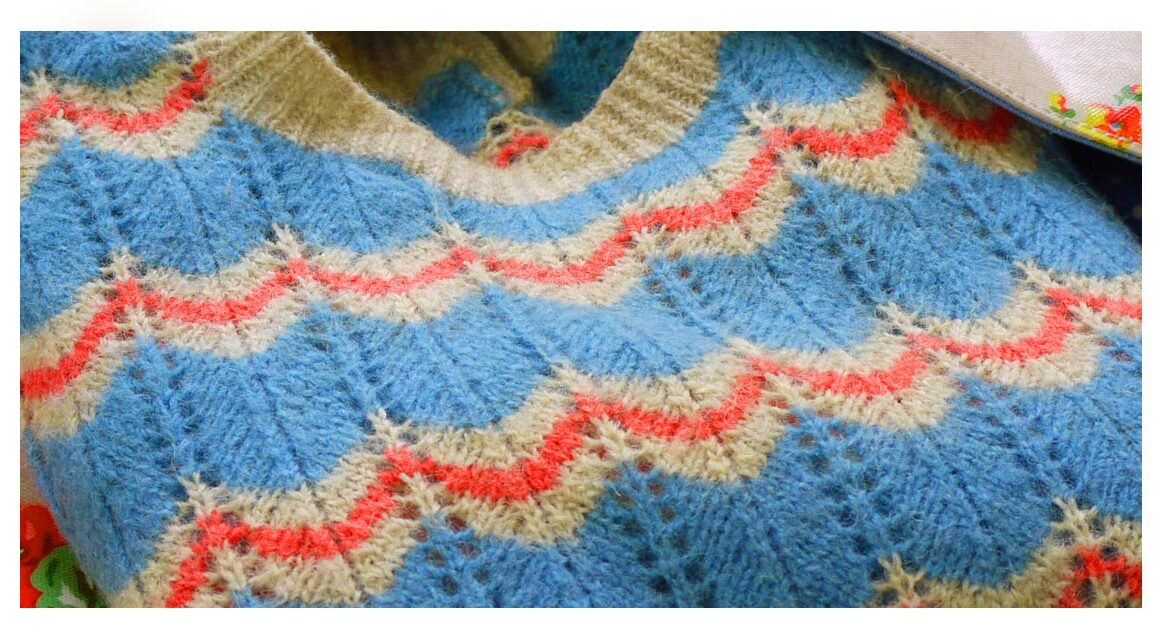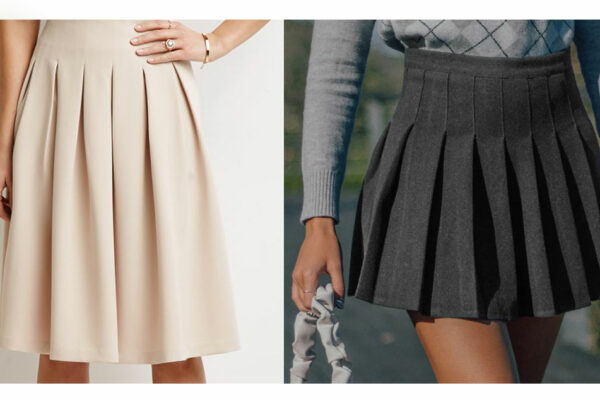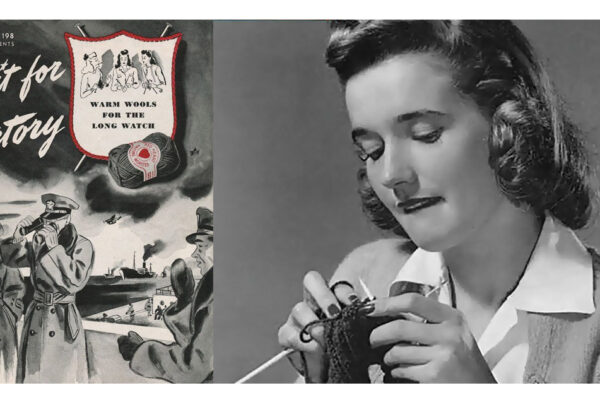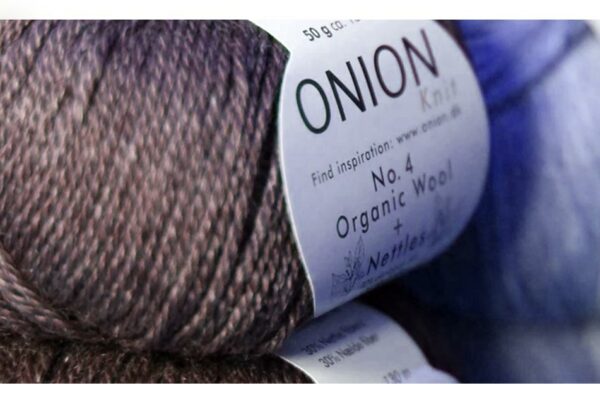During the Second World War, women on the home front in Britain were knitting at home. They were encouraged to do so for contributing to the war efforts. As a result, hand-knitting was done in nearly every home in Britain. It was also promoted as a public duty through advertisements that said ‘England expects – knit your bit’.
Wool was sent to schools so that the students could knit gloves, balaclava helmets, and scarves for the troops. Several knitting patterns were also given away for free. Here are some of the knitting patterns that were popular during those times:
1. Victory Jumper
This was one of the most popular patterns during the Second World War. It looked beautiful and was perfectly suited for the ‘Knit for Victory’ movement. Although the wavy lace pattern looked quite intricate, it was amazingly easy.
Once the person knitting got the hang of it, the work was no more taxing. It consisted of only two rows, which made it easy to learn and quick to work. The yarn for this was the ‘Sirdar’ Super Shetland wool. The colours of yarn were navy, red, and white.
2. Knitted Turbans
This pattern of knitting is great for beginners. This was yet another beautiful pattern that held the shape beautifully. It could handle the bad hair moments and keep the pin curls in place. There was nothing to worry about, as one could easily go about his or her day wearing it. It also offered strong protection, especially for the ears during the chilly winters. The yarn for this was Patons UK Beehive.
3. Fair Isle Pullover
This was a pattern for men. It was a simple one, which didn’t have more than two colours at one time. It was considered to be an essential garment for the colder days. The yarn for this pattern was Jaeger ‘Feather-Fleck’ with an approximate weight of 9 ounces.
4. Date-Maker Cardigan
This pattern had a lot of good lines and was similar to the Twisted Rib Sweater, which used thicker yarns. It could be knitted with great ease and speed. Many versions of this pattern were made available later.
5. Economy Jumper
This vintage pattern comprised a panel made from strips of Lace squares and Moss Stitch. For continuity, one of the colours in the squares was to be used for the yoke, sleeves, and side panels. It is designed to use up reclaimed yarns or the yarns leftover from other knits.
This provided great value during the days of the Second World War. Copley’s 2-Ply Excelsior Shetland Wool was the yarn that was mostly used for this pattern.
6. Counterpane
Counterpane has retained its beauty even after a period of more than a century. The use of this pattern dates back a couple of centuries. This made it a vintage pattern even during the Second World War. It was quicker to knit up once the knitter got into its rhythm. The pattern can be used for cushions, a cot quilt, or for a blanket.
7. Coloured Snood
The coloured snood was knitted in blackberry stitch on extra-large needles. Upon using the needles of appropriate size it would knit up quickly. The hair-protecting snood was extremely helpful during the war efforts.





